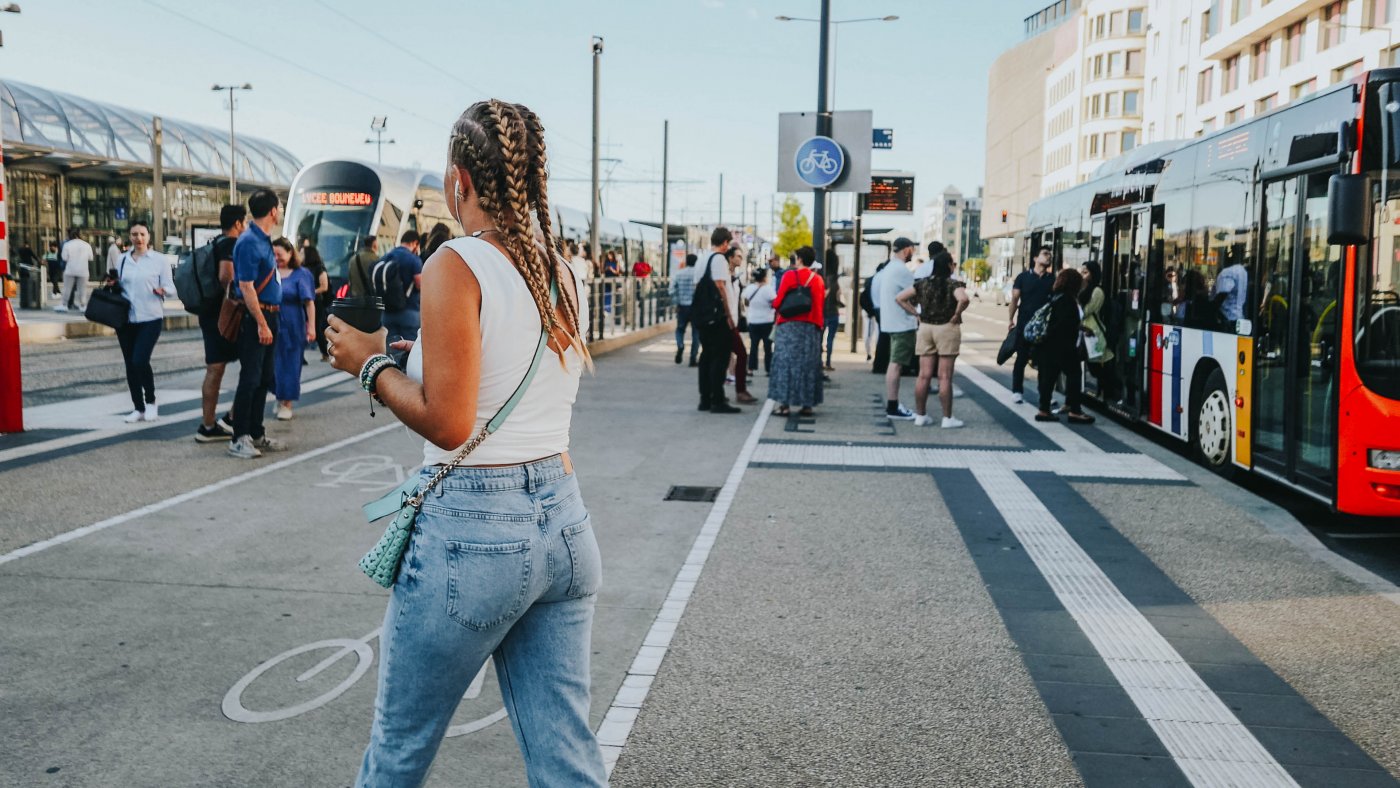Process
In accordance with the terms of the College of Aldermen's mission statement for 2023, and with the objectives set out in the "Onse Mobilitéitsplang fir muer" Urban Mobility Plan, the College of Aldermen has had a traffic-calming plan developed for the city's residential districts.
Drawing on the results of the online mobility survey carried out as part of the City's Urban Mobility Plan, and on the comments and suggestions made during the 2024 Apéritours sessions, a specialist firm conducted an initial assessment of the current traffic situation in the city's main urban districts, followed by an in-depth analysis, culminating in proposals of concrete measures to prevent through traffic and reduce speeds in those districts. The primary objective of the study was to bring forward measures that would not disrupt local residents' access to and from their neighbourhoods, while at the same time improving their quality of life.
For the first phase of implementation, the College of Aldermen selected three districts for a pilot project: Merl, Hollerich and Limpertsberg.
Test phase, as of 7 July 2025
After further discussions, it was decided that the selected measures should be tested in a pilot project commencing on 7 July 2025, and that the project would be monitored by the City's Service Circulation (Traffic Department). It was also decided that, during this test phase, the implemented measures could be adjusted as necessary. At the end of the pilot project, an assessment would be made and, if the test results were found to be conclusive, permanent measures would be implemented.
Overview of the proposed measures
The measures selected for implementation would cover regulatory provisions applicable to traffic, such as the introduction of one-way streets and the reduction of speed limits, as well as infrastructural measures to prevent non-local through traffic in these districts.
For the Merl-Hollerich district, the City plans to introduce the following measures for motorised traffic*:
- Dead ends
- One-way arrangements for motorised traffic
- Bus lanes
- Multi-user areas (motorised traffic, cyclists and pedestrians)
- Speed cushions
Additionally, speed bumps could be placed on thoroughfares where they are deemed necessary.
*Access for users of soft (active) mobility options would be ensured at all times













